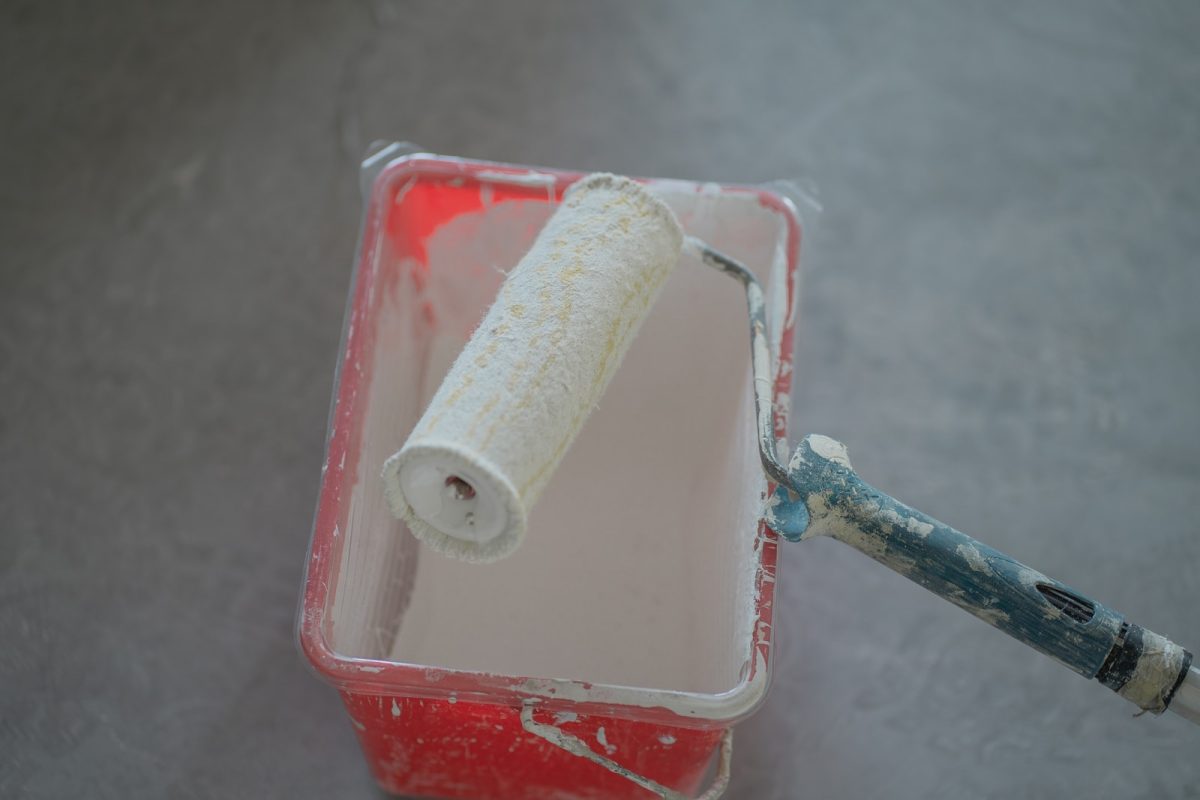You have decided to repaint the walls of your house but you don’t know which color to choose? There are several methods for simulating the color of walls before work. Depending on your taste and budget, you can use simulation software, paint samples or wallpaper strips.
Determine the color of the walls to simulate.
To determine the color of the walls to simulate, you must first take into account the general atmosphere of the room. Next, you have to take into account the natural light and artificial lighting in the room. Finally, you must choose a color based on the furniture and decorative objects in the room.
Choose simulation tools.
Before painting or wallpapering the walls, it is important to imagine the final result, so as not to be disappointed by the chosen color. For this, there are several simulation tools that allow you to see what the walls would look like once painted or wallpapered.
Color swatch catalogs are the easiest tools to use for visualizing wall color. Simply experiment directly on the walls, applying strips of wallpaper or paint in different colors. This method is not very precise, because it is difficult to judge the final color on such a small surface. The software of color simulation are more precise, because they allow you to see the chosen color on an image of the wall.
There are several free software programs on the internet that are quite simple to use. Simply upload the image of the wall to be painted or wallpapered, then select the color you want. The software then applies the chosen color to the image, to show what the wall would look like when painted or wallpapered.
Full-size color samples are the most accurate tools for visualizing wall color. Simply request a sample of wallpaper or paint in your chosen color and then apply it to the wall. This method is quite time consuming, as you have to wait for the sample to dry before you can judge the final color.
Color simulation tools are very useful for choosing the color of the walls before work. Simply select the tool best suited to your needs to see how the walls would look once painted or wallpapered.
Apply the color to the walls.
It is important to choose the color of paint to use for your interior, as it can have an impact on your mood and concentration. It is therefore wise to do a test before starting the works. There are several methods for this.
The first method is to apply the color to the walls using a roller. This allows the paint to be distributed well and to obtain a homogeneous result. However, you must be careful to dilute the paint well before applying it, so that it does not run. It is also important to choose the type of roller depending on the type of paint and the type of wall.
The second method is to use color samples. This allows you to see the color in a small space and get an idea of the final result. However, it is important to choose the sample carefully, as there may be a difference between the color on the paper and that on the wall. It is also important to choose carefully where to apply the sample, as light can cause the color to vary.
The third method is to use color simulation software. This allows you to see the color on a screen and get an idea of the final result. However, it is important to choose the software carefully, as some are more complex than others. It is also important to choose the parameters carefully, as the color may vary depending on the light and the type of wall. There are therefore several methods to simulate the color of the walls before work.
It is important to choose the method that best suits your needs.
Evaluate the simulation results.
Evaluate the simulation results Simulating the color of the walls before work can help you choose the right shade for your interior. However, it is important to carefully evaluate the simulation results before making your final decision.
If you have a white wall, it’s easy to see if the color you’ve chosen is too dark or too light. You can also do a test by applying a little paint to a corner of the wall to see if it looks good to you.
If you have a colored wall, it is more difficult to judge what color you have chosen. You can do a test by applying a little paint on a corner of the wall, but it is also possible to simulate it with painting software.
Once you have simulated the color of the walls, it is important to compare the results with what you see in your interior. You can take photos of your interior and compare them with the simulation results.
If you are not satisfied with the simulation results, you can always change the color you chose. You can also do several simulations with different colors before making your final decision.
Change the color based on the results.
Once you have an idea of the color you want, you can start working on the details. For example, you can change the color depending on the results you want to achieve. If you want a calmer atmosphere, you can choose a softer color. If you want a more dynamic atmosphere, you can choose a brighter color. It is important to think carefully about what you want before starting work, so as not to be disappointed with the end result.
Simulating wall color before work can be a useful tool for homeowners and decorators. It can help visualize different wall colors and choose the ones that best suit the space. Simulating wall color also allows you to see how different colors work together and how they can change the appearance of the space.







